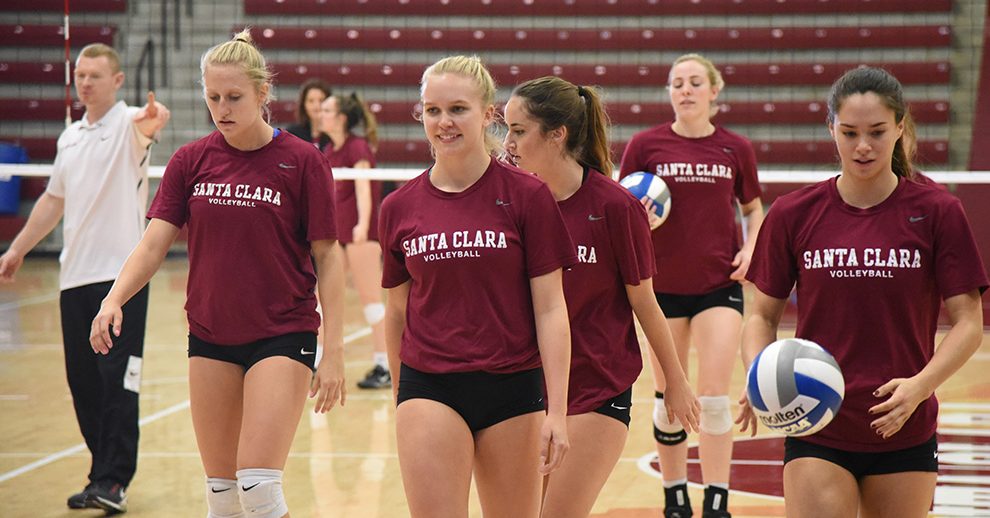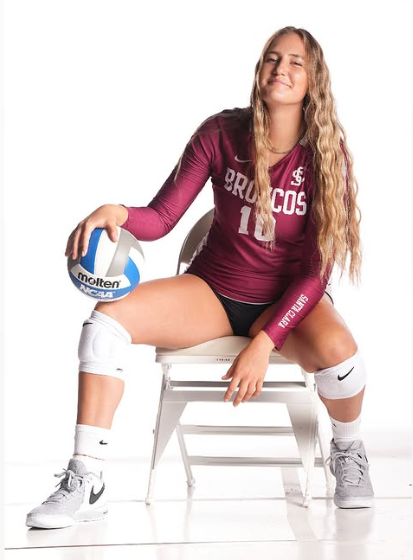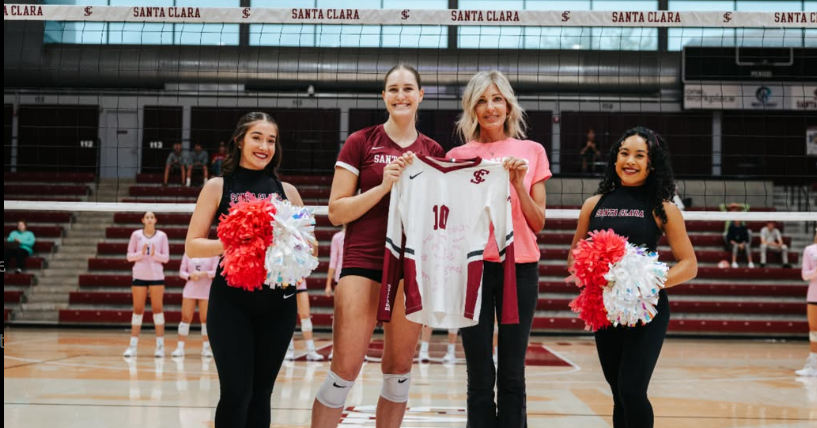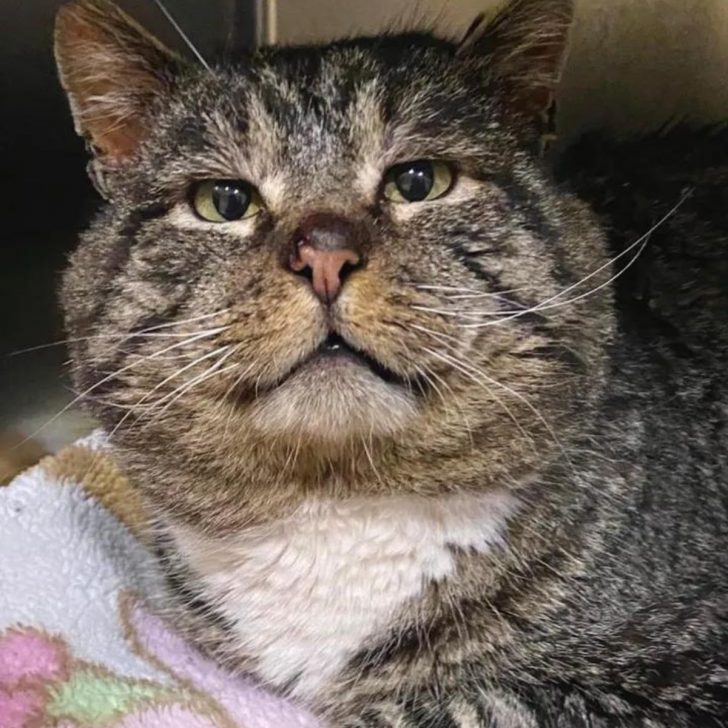On a brisk December afternoon at Santa Clara University’s Leavey Center, most of the seats stood empty, and the energy in the arena felt subdued. The Broncos’ women’s basketball team was cruising to a lopsided victory against Cal Maritime, and the crowd—consisting mainly of friends, family, and a few enthusiastic fans—had already seen enough to guess the game’s outcome. But the atmosphere changed in a heartbeat during the third quarter, as an eruption of cheers swept across a small section of seats filled with familiar faces holding homemade signs for No. 13.
Here's ads banner inside a post

For four years, those cheering fans had shared a different arena with Lauren Grover. They were her volleyball teammates—people who had jumped, dived, and sweated by her side on countless volleyball courts since she arrived on campus. On this December day, however, they saw Grover step onto a basketball court wearing a Broncos jersey for the first time. She smiled, missed her initial shot, and promptly committed a foul, yet their reaction was as if she had just clinched a dramatic overtime win.
Here's ads banner inside a post
After wrapping up an entire collegiate career in volleyball, Grover was doing something few athletes manage to do: seamlessly joining a Division I basketball program in her final year of eligibility.
A Late Return to a First Love
Grover’s journey back to basketball was anything but straightforward. Although she had been a dedicated, four-year starter on the Santa Clara volleyball team, the sport of basketball wasn’t new to her. She picked up a basketball for the first time at age five and kept playing all the way through high school. By then, she was a true multi-sport standout, excelling in both basketball and volleyball at Santiago High School in Corona, California.

Here's ads banner inside a post
Yet the rigors of traveling basketball teams and youth tournaments proved overwhelming at times. In her sophomore year, she discovered volleyball, which quickly became more than just another extracurricular activity. Gradually, she found herself devoting more hours to volleyball camps and tournaments while basketball began to fade into the background.
By her senior year in high school, Grover had fully committed to volleyball for collegiate athletics, leaving behind offers to play basketball. “I was just burnt out,” Grover recalls. “I didn’t feel like I could keep up with it all anymore, and volleyball felt like the sport I wanted to pursue at the time.”
Juggling Sports at the Division I Level
NCAA rules permit student-athletes to practice up to 20 hours per week for their sport. For most individuals, balancing 20 hours of athletic commitments with coursework, social life, and rest is demanding enough. Grover, however, spent the fall juggling those 20 hours between two Division I teams. While volleyball remained her primary sport for much of her final season, Grover was already contemplating the transition to basketball, at least on a trial basis.
Her typical day involved going to volleyball practices, attending classes, squeezing in film sessions with the basketball team, and trying to contribute whatever time she could to familiarize herself with the new system. “On days I couldn’t physically practice with basketball, I’d watch film just to stay mentally in tune,” she says. “But then we started having injuries in volleyball. We needed starters, and I was already a swing starter, so I ended up playing almost every match in my last season.”

During her final volleyball campaign, Grover played 90 sets and recorded 174 kills—both career highs. She also delivered 26 service aces, the second-highest tally on the team, and proved reliable as a defensive presence at the net. When Santa Clara’s volleyball season wrapped up in late November with an 11–16 record, Grover turned her complete focus to basketball, pivoting from hours of serve-and-spike drills to perfecting her jump shot and defensive footwork.

Filling a Roster Void
Santa Clara women’s basketball entered the 2024–25 season short on experience and numbers. They returned only four players, having lost multiple athletes to graduation and the ever-active transfer portal. The coaching staff, then led by Bill Carr before he stepped down, explored a variety of creative solutions to fill the roster’s gaps.

Grover, meanwhile, had been quietly exploring the possibility of transferring elsewhere if another volleyball program needed her. She entered the transfer portal and used connections from her high school basketball coach, Michael Mitchell, to gauge opportunities at schools like BYU and Utah. “I told her she should have stayed in basketball all along,” Mitchell recalls. “She had good size, she could shoot, and she could run the floor. I was always telling her basketball was her true calling.”

Yet, as she monitored coaching situations and rosters, Grover also noticed Santa Clara’s pressing need in women’s basketball. She sent a feeler email and quickly realized the staff was interested. On her first shooting workout, the athletic trainer asked whether she wanted her ankle taped for the “tryout,” to which she responded in surprise. “I just thought I was getting some shots up,” she laughs. “Then I realized, ‘Oh, this is a real audition for a roster spot.’ The next day, I had an offer.”

Shortly after offering Grover a walk-on spot, Bill Carr exited the program, handing the reins to assistant Michael Floyd, who affirmed that the team was still eager to bring her on board. “She was already familiar with Santa Clara, and we recognized her athletic ability,” Floyd says. “She’s explosive, and at 6-foot-1, she can help us as a defensive specialist in the paint.”
Early Contributions and Adjustments
Grover’s first action came against Cal Maritime. When the third quarter rolled around and the coaching staff signaled for her to check in, the quiet crowd suddenly ignited, largely thanks to her former volleyball teammates waving signs and screaming themselves hoarse. Grover’s stat line included four points on 2-for-7 shooting, six rebounds, and a quick personal foul. But for her, the game was less about the box score and more about regaining her basketball instinct.
After her debut, Grover fell ill and missed a few games, returning in time for a conference matchup against WCC leader Portland. Although the Broncos lost, Grover snagged three rebounds in limited minutes. “I know I’m not here to score 20 points a night,” she says. “My job is to defend, grab boards, and bring energy.”

Having played only a few games, she is still adjusting to the nuances of basketball strategy, from rotating on defense to reading screens and picks. That said, Grover believes her background in volleyball has helped her communication skills. “Volleyball is nonstop talking. You have to call out plays, you have to constantly communicate with your teammates about coverage,” she notes. “That hasn’t changed one bit. Basketball is the same in terms of needing to talk on defense, call out switches, and know where you need to be.”
The Rarity (and Challenge) of Dual-Sport Athletes
Dual-sport athletes at the Division I level are uncommon, and those who play both volleyball and basketball are even rarer. Yet, there are notable precedents. TCU’s Sarah Sylvester stepped into both sports last season, and Notre Dame’s Bella Tehrani is currently listed on both rosters. The 1990s saw Stanford’s Kristin Folkl achieve All-American status in volleyball and basketball, later representing the U.S. national volleyball team before playing in the WNBA for four years.

Grover is aware that her path is an anomaly. Most student-athletes refine their focus to one sport early on to maximize scholarship opportunities and athletic development. She opted for a different road, one that required resilience, flexibility, and a willingness to learn on the fly—often literally. “For me, it’s been a rewarding challenge,” she says. “Not everyone gets to play two Division I sports, especially not at a competitive level like the West Coast Conference in basketball. But here I am, wearing a different uniform in the same building.”
An Evolving Role and Unfinished Business
Currently, Santa Clara sports a 7–7 overall record and a 1–3 mark in the West Coast Conference. With a relatively small rotation of nine key players, every additional body matters—especially one with Grover’s size, strength, and athletic ability. Coach Floyd says the staff hopes to expand her minutes as she becomes more attuned to the team’s strategies and gains game fitness.
“She doesn’t have to be a primary scorer,” Floyd explains. “We’ve got people to fill that role. But what we do need is someone capable of defending the paint, someone who isn’t afraid to crash the boards or be physical. Lauren has stepped in and shown she can be that presence.”

For Grover, the season is about proving that she can successfully make the jump to Division I hoops. More importantly, it’s about recapturing a love for basketball she once left behind. “I remember what it felt like being totally burnt out,” she says. “And now, I’m right back here, loving the game again. Playing defense, talking with my teammates, and running the floor—it’s all such a thrill.”
Looking Ahead
When asked what comes next, Grover talks about relishing each remaining month of her eligibility. She’s grateful for the support she’s received from both coaching staffs, not to mention the unwavering encouragement of her volleyball teammates who continue to show up in the stands.
“I think the best part has been seeing my volleyball teammates on the sidelines, just going crazy for me,” Grover says, smiling. “We formed such a bond over four years, and even though I left volleyball, they still show me so much love. That’s what makes Santa Clara special—everyone is in your corner.”

For now, Lauren Grover is content to don jersey No. 13 on the basketball court, hustling for rebounds and making stops on defense. She’s proof that even at the highest levels of collegiate athletics, it’s never too late to explore another sport—or return to the one you first loved. And for Santa Clara, that love just might translate into a season that surprises everyone, on the court where she’s making her latest—and maybe greatest—mark.



